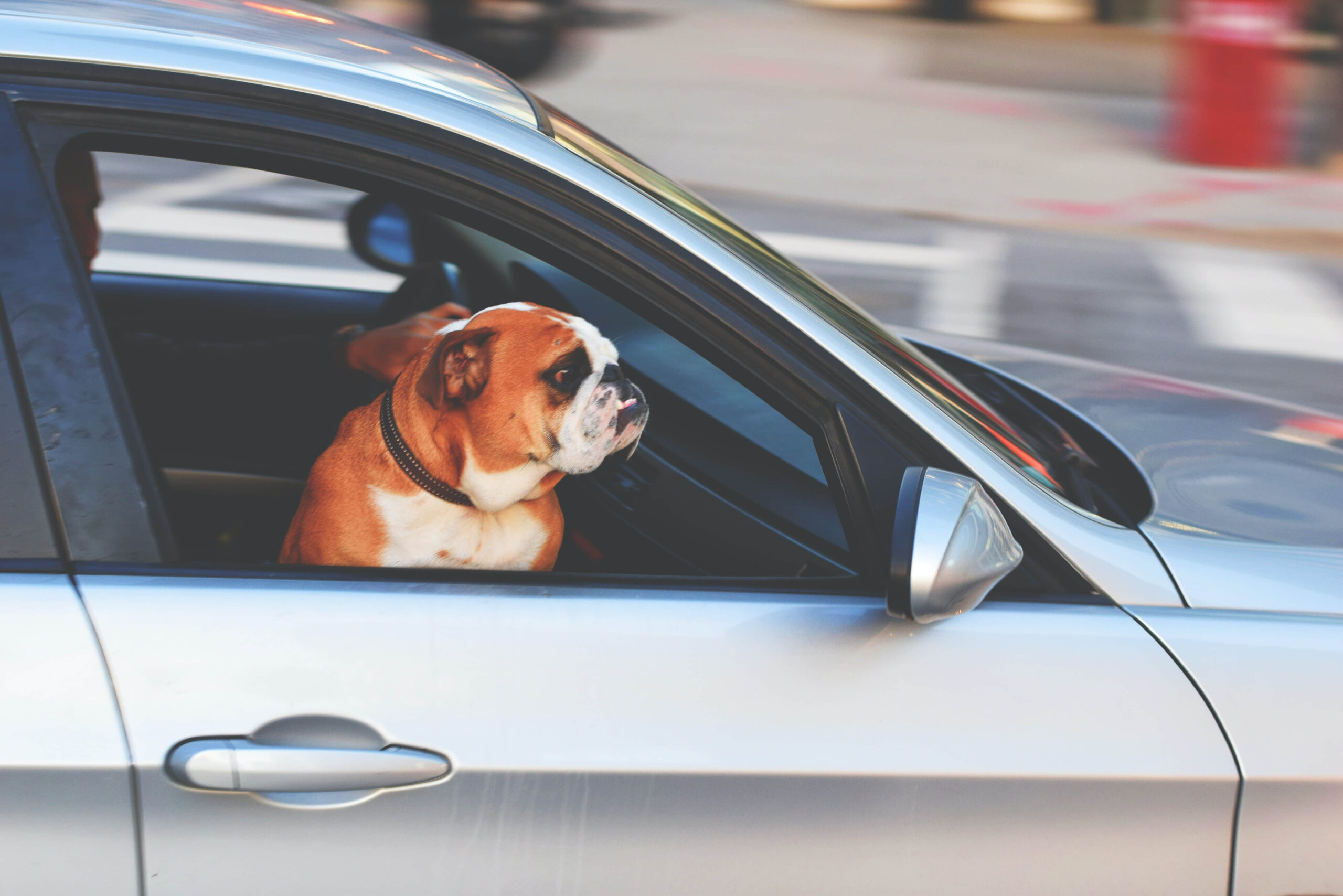It is not over until the fat lady sings — In driver-speak — this “song” may very well represent the needle pointing at E on your fuel gauge. For many drivers, the decision to top-up the gas tank arrives either just before the tank runs empty or once the car stops. Between running empty and stopping, however, your car will continue to run. In short, whether or not your car will run on an empty tank is not a question — because it will. What really concerns a lot of motorists is how far a car can go once the gauge hits E.
Now, we will go into how many miles you can drive your vehicle on an empty tank. You will also learn why it is not a good idea to do so.
What Does E Really Indicate on Your Fuel Gauge?
Let’s start by clarifying what it means to have an empty gas tank. One thing to consider is that your fuel indicator is built to tell you to refuel before your car suddenly stops.
Imagine if fuel indicators accurately reflected the absence of gas in your fuel tank. Once the needle points at E, you will likely come to a sudden stop.
However, this never happens. In fact, in nearly all cases and for most car builds, the car continues on even after the gas light is on.
In short, the indicator telling you that the tank is empty is not a report. Instead, it’s more like a warning. The needle pointing at E does not mean your tank is empty. Rather, you should interpret it as “You will be out of fuel shortly, so head to your nearest gas station.”
How much fuel is left once you see E on your indicator? For most cars, the near-empty fuel reserve is often roughly two gallons.
How Far Can the Residual Fuel Take You?
The answer to this question is that it depends.
More specifically, it will depend on several factors like:
- Your car’s model
- Its fuel efficiency
- How frequently you are stepping on the accelerator
- The condition and type of engine your car has (i.e, V4s will use less fuel than V8s)
In general, fuel-efficient sedans like the Toyota Corolla and Toyota Camry can go anywhere from 61 to 91 miles on empty.
The Nissan Versa and the Chrysler 200 can even go as far as 106 miles. It has to be mentioned that these two car models have residual capacities of about three gallons instead of two.
The Chevrolet Equinox can go for about 50 miles on empty. Granted, it pales in comparison to the distance of the models just mentioned. Nonetheless, it is still 20 miles more than that of the Hyundai Elantra which can only go 30 miles on empty.
In the middle of the spectrum, most car models can go anywhere from 40 to 61 miles on fuel reserves. These distances can give you just enough mileage out of your car to get to the nearest gas station.
Should You Drive When Your Vehicle Is Low on Fuel?
Sometimes, your fuel indicator tells you that your vehicle is empty, but the nearest station is far away. Hence, many drivers like yourself may have had to trudge on with low fuel. While the occasional low-fuel cruise will not harm your vehicle, making it a habit to drive on low fuel will eventually harm the car.
Once the residual fuel has been consumed, fumes will be pumped into your engine. This can damage the pistons, as well as the catalytic converter.
When the damage becomes too extensive, it can take more than a full tank of gas to get your car started again. You will have to take it to the nearest auto shop where your engine may have to be repaired.
Wrapping Up: Don’t Drive on E
Indeed, driving on what you consider an empty tank of gas is more than possible. You have the residual fuel capacity of your car to thank for this. Despite your vehicle’s ability to run on an empty tank, making it a habit can do more damage than good.
Hence, when you see the needle pointing towards E, consider it to be pointing you in the direction of the nearest gas station.

